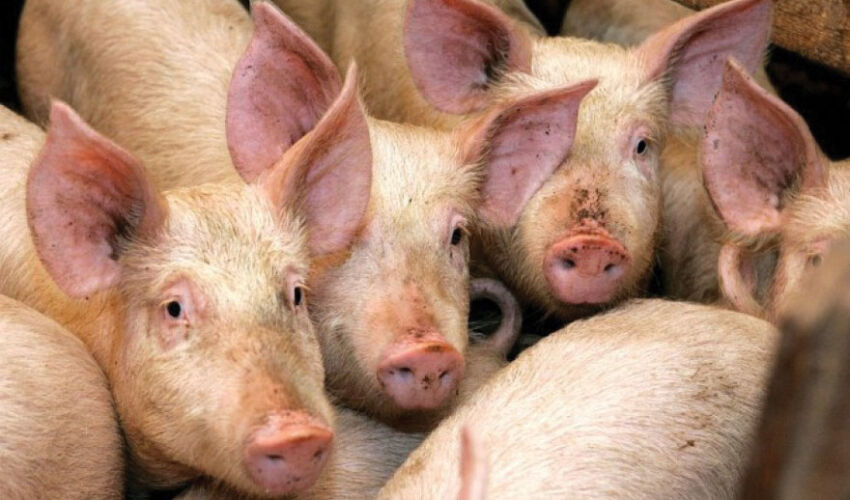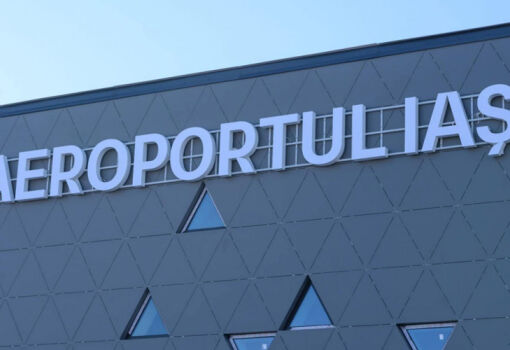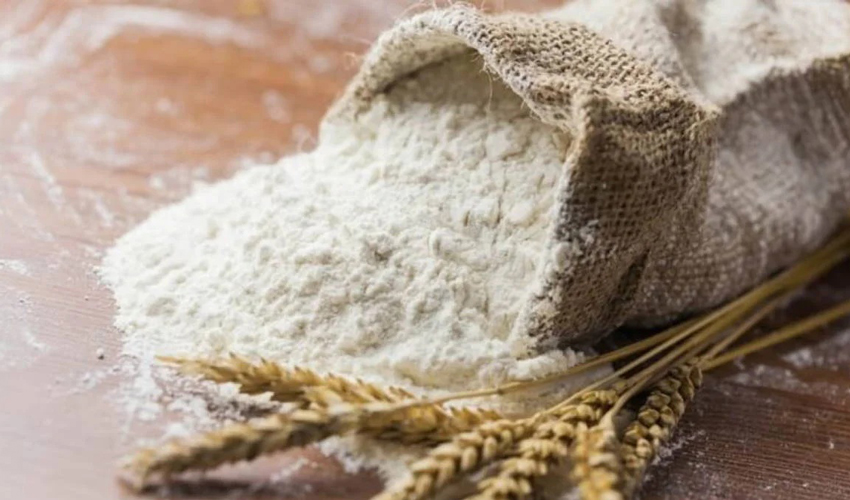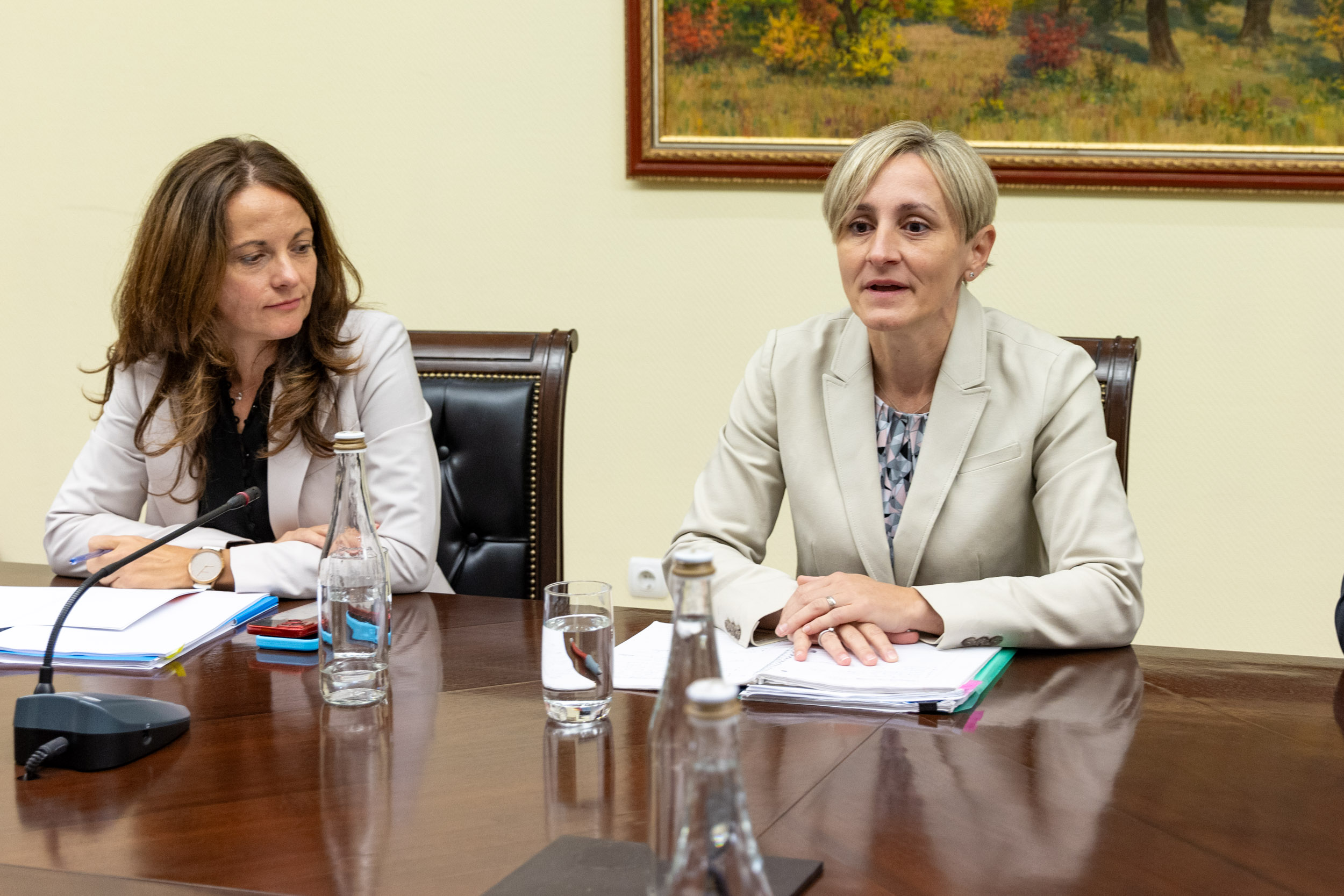
Now in order about the facts, their interpretations and predictions.
What are the losses of the meat market of RM?
In March, ASF was detected on two farms. In Roşcani village (Anenii Noi district) the entire herd – about 65 thousand pigs – will be killed and buried. The farm in Cimiseni (Criuleni district) has about 40-45 thousand pigs, and it seems that only a few thousand of them have fallen ill and are to be slaughtered. However, the ASF virus is highly contagious, i.e., the forecast regarding further dynamics of the focal lesion of the livestock of this farm is unfavorable. Apparently, that is why the information note of the PIIPC patronage lists the loss of 104 thousand pigs as a fait accompli. In terms of marketable pork – about 6 thousand tons. Is this a lot or a little on the scale of the meat market of the Republic of Moldova?
According to the NBS data, at the beginning of 2025 the number of pigs in RM amounted to 379.6 thousand heads, of which 264.6 thousand animals were kept on industrial farms. That is, the two farms mentioned above accounted for about 40% of the total “industrial” pig population.
According to expert estimates, in the last few years, the annual capacity of the Moldovan pork market is 70-80 thousand tons. PIIPCexperts believe that the share of covering the market demand for pork at the expense of own production in Moldova in 2022 was 87% (about 64 thousand tons), in 2023 – 92% (about 74 thousand tons). Taking into account the “plague crisis” of the current year, the percentage of self-sufficiency of Moldova in pork will fall to 64% (about 55 thousand tons).
Additional tension is created by the fact that the main supplier of medium and large meat processing enterprises are large farms. The main share of production is concentrated in four pork companies – more than 70% of sales (in financial terms) of industrial pork. Processors will not be able to replace this volume of raw materials with supplies from local small pig farms, let alone households (or it will be extremely difficult technically/logistically and not economically profitable). Replacement is possible only through the systematic import of frozen pork. There is a problem with this, which is discussed below.
It should be taken into account that the sales (in financial terms) of sausages and meat semi-finished products on the domestic market of RM, judging by the marketing research of private structures, are many times higher than the sales of fresh unprocessed pork (parts of carcasses) to domestic consumers.
Apart from sausages and semi-finished products, household consumers mainly purchase chilled local pork supplied to urban bazaar markets and to storefront (but not chain) retailers by small farms and households. In this case, the market will be “pressured” by two factors. The first is that the pre-Easter period and early summer are the peak of demand/sales of “picnic meat”. The second – even the information about mass slaughter of pigs due to ASF will almost certainly cause a significant increase in pork prices. At least it will be a speculative growth. But there may also be a quite objective deficit of this product.
Will there be a shortage of pork?
Representatives of the Pork Producers Association assure that it will be avoided. However, PIIPC patron representatives consider this conclusion to be very optimistic and, importantly, premature.
Firstly, it is still unclear how the current ASF problem will end. Are the two infected farms the end? Will it be possible to protect the remaining pig farms from outbreaks and forced herd reduction? Can anyone vouch for this with their position rather than “everything is under control” statements?
Secondly, disposal of dead stock, disinfection of farms, reproduction/purchase of young pigs and their rearing will take a long time. According to expert estimates, at least 24 months.
By the way, it is rumored that ANSA is currently hosting a delegation from the European Commission’s Directorate General for Health and Consumer Protection (DG SANCO). Surely the European inspectors will study the situation and issue recommendations. Which ones? One can only speculate. It is possible that, given the small size of the territory, high density of settlements and constant epizootic tension on the western and eastern borders, the country will be asked to unbundle industrial pig farms. This may involve the construction of new, relatively small pig farms to reduce risks.
Thirdly, are there any firm guarantees that, for example, a foreign investor of the pig farm in Roscani, despite all the risks, will once again invest in the rehabilitation and restoration of production? After all, contrary to the proverb, “a shell has fallen into the same funnel for the second time” – this is the second case of livestock loss at the same farm in three years. Once the company received a considerable sum (about 64 million lei) from the state budget in the form of compensation for the forced slaughter of pigs infected with ASF. By the way, this helped to keep the company’s business in the profitable zone. Now, the company’s management has announced about the estimated losses of 440 million lei and claims for compensation from the state budget in the amount of about 150 million lei. However, what will ANSA reveal in this regard, what will the government and the investor itself decide?
What about the prospects of pork imports?
This is a special and very interesting branch of the story. On the one hand, the current Moldovan legislation is structured in such a way that in fact it is possible to import pork only from the European Union (or with the formal approval of authorized EU structures). Even if it is a question of supplying the Moldovan market with, say, Brazilian pork, conditionally through a Ukrainian port, with a complicated transit through the Transnistrian region, the origin of pork should still be only from enterprises certified by the EU. That is, the supply of pork from Germany, Poland or Romania (via Romania) will in any case be faster, of higher quality, and probably cheaper for the buyer.
At the same time, the basic customs duties on pork imports (see above) are quite high. And preferential (duty-free) supplies of this product from the EU to the Moldovan market have been limited for quite a few years by relatively small quotas – 5.5 thousand tons per year. By the way, it is thanks to the good protection of the Moldovan market from non-normalized pork imports that industrial pig breeding in Moldova had a chance to develop. But the plague made its adjustments.
Two-three years ago, when the risks in connection with ASF in Moldova first appeared very clearly and threateningly, the patronage of meat processors PIIPC insistently asked the authorities of RM to notify the European Commission about the intention to increase the preferential quota for import of European pork to the Moldovan market up to 10 thousand tons. MAIA agreed with great fiddling to the proposal to extend the quota by 3 thousand tons. But in the end, the relevant government decision was never adopted.
The deficit of pork, especially not “carcasses”, but parts of carcasses, trimming, etc., is covered by expensive (with payment of duties) deliveries above the Euro-quota. Thus, in 2021 the country imported a total of 11 thousand tons of pork, 2022 – 15 thousand tons, 2023 – 9 thousand tons. Approximately in the same amount, the patronate predicted imports in 2025. But in this case, too, the plague will make adjustments.
According to PIIPCspecialists , due to the problems with ASF and presumably not fast process of elimination of pig losses in 2025-26, an “unoccupied niche” of about 33 thousand tons of pork will be formed on the Moldovan market. Most likely, it will not be filled without additional imports.
Last Tuesday, Prime Minister Dorin Recean ventured to a meeting with representatives of the processing industry and meat importers. There were no quick decisions (or at least promises to make such decisions). It is clear to all participants in the production and commercial chain that it is very difficult for the authorities to make budgetary losses due to the expansion of the preferential Euro quota for pork and the refusal of substantial revenues from the customs department. Within the current quota importers are left to choose about 1.6 thousand tons – this is a few weeks of work. That is, pork will still rise in price in the short term. More precisely, pork in locally produced sausage will go up in price. By how much? According to PIIPC estimates – by 60-65%.













